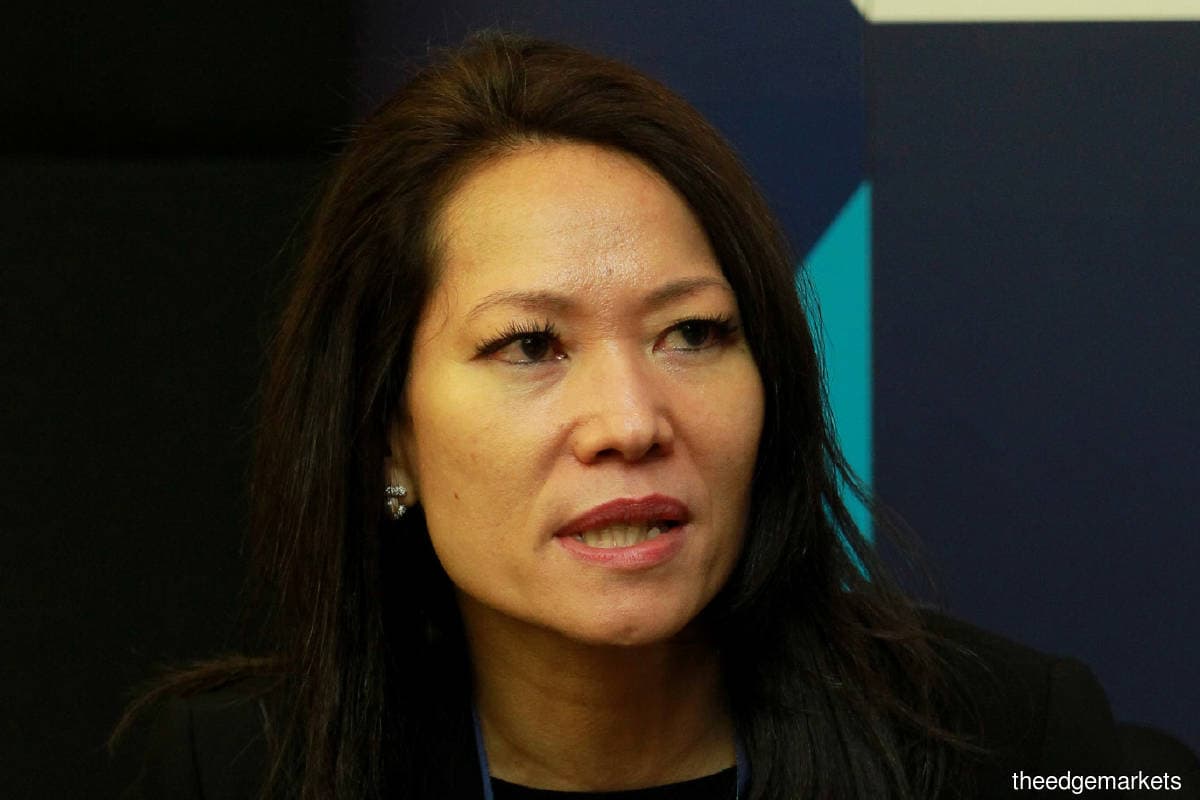
This article first appeared in The Edge Malaysia Weekly on March 15, 2021 - March 21, 2021
THERE is still a long way to go before gender parity is achieved in the workforce and boardrooms of emerging markets, says JPMorgan Global Research, noting that the Covid-19 pandemic certainly has not helped.
In a recent report on gender equality across the globe, it points out that women in emerging markets lag those in developed markets on nearly all gender metrics, with an even wider divergence post-Covid-19.
It notes that the average female participation in companies across the MSCI Emerging Markets Index (MSCI EM) had remained relatively stable over the past three years to 2019, at about 30%.
“The subpar participation is discouraging not only from an absolute perspective given shifting population dynamics, but also from the fact that the trend seems to be stabilising,” it says in its March 5 report.
It was not any better at the boardroom level, as women held a mere 12.7% of all board seats across the MSCI EM as at end-2019 compared with 20.4% across the Russell 3000 index. “While the number has been increasing, the rate of increase and its level relative to Russell 3000 companies remain tepid,” JPMorgan says.
The MSCI EM, which comprises 1,381 constituents, captures large and mid-capitalised representation across 27 emerging market countries. The Russell 3000, meanwhile, is an index that tracks the performance of the largest 3,000 publicly traded US firms, weighed by market cap.
According to JPMorgan, women accounted for only 4% of all CEOs across emerging markets as at 2019 despite representing a little under one-third of the workforce, versus 4.9% across the MSCI US index.
On a positive note, within the MSCI EM, Malaysia and South Africa had the highest share of female directors at 26% each. On the other end of the spectrum, Qatar had no female directors at all across its 11 companies on the MSCI EM.
Almost all countries had experienced an increase in female representation in boardrooms in 2019 compared with 2017, the only exception being Hungary, which showed a steadily declining trend over the past three years.
“Growing pressure from government regulators, activists and investors to improve gender diversity has pushed companies into achieving a more gender-balanced workforce,” JPMorgan observes. For example, India and the United Arab Emirates have a mandatory requirement for public-owned companies to have at least one woman in its boardroom, while Pakistan has similar rules for all new directors.
Malaysia and Turkey both have a comply-or-explain system, with the requirement for women’s representation at 30% and 25% respectively, while South Korea came up with a new quota in 2020, with large listed firms directed to have a more gender-diverse board.
In emerging markets, it was the healthcare sector that had the highest representation of women directors, followed by the financial and consumer discretionary sectors. The industrial and communications services sectors had the lowest representation.
Malaysia
While Malaysia has shown progress over the years in terms of female representation on the boards of public-listed companies (PLCs), it is unlikely to have met the 30% target it had set for itself to achieve by end-2020.
On Nov 18 last year, Tan Sri Zarinah Anwar, co-founding chair of 30% Club Malaysia — a business-led campaign that aims to improve diversity on corporate boards and senior management — said female representation among the top 100 PLCs had dipped slightly to 25.4% compared with 26.9% as at end-2019.
The decline, she said, was believed to be largely because of the change in the composition of the top 100 companies, with several PLCs within this grouping now having no women on board. This was, however, hopefully just a temporary setback.
Zarinah noted that Malaysia remained in a lead position among its Asean peers when it came to women in the boardroom, and was second only to Australia in Asia-Pacific.
Meanwhile, Institute of Corporate Directors Malaysia (ICDM) president and CEO Michele Kythe Lim says ICDM is not aware of any direct correlation between the impact of the Covid-19 pandemic and female representation or participation in the boardroom.
“While there has been a marginal drop in participation/representation, it may be due to other factors such as policy,” she tells The Edge.
She adds that on the corporate level, the regulators have been committed to raising the participation rate of women in the boardroom. ICDM has been working together with the industry and regulators to build the pipeline and community of directors, with a focus on raising the diversity across gender, skills, experience, expertise, industry, age, geography and independence.
According to the Department of Statistics, Malaysia’s female labour force participation rate stood at 55.1% (or a total of 6.21 million) as at November 2020 compared with 55.6% in 2019.
Over in the US, female participation in the labour force suffered historic setbacks as a result of the pandemic, declining to a 33-year low, says JPMorgan. It notes that this was because women have jobs concentrated in the services sector and have borne greater responsibilities for child care.
Save by subscribing to us for your print and/or digital copy.
P/S: The Edge is also available on Apple's AppStore and Androids' Google Play.

